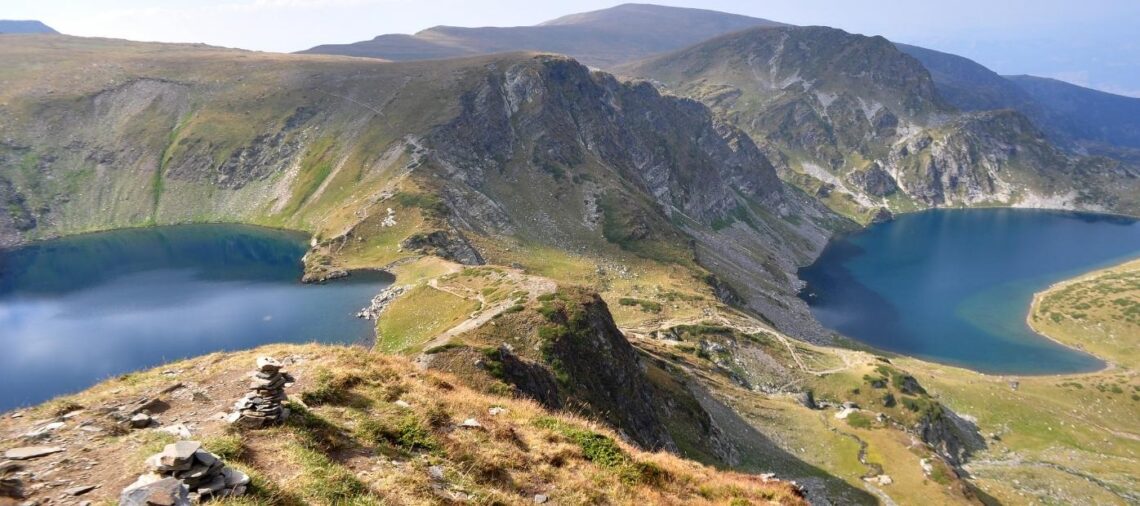Immerse yourself in the breathtaking beauty of Rila Lakes National Park, where alpine adventures await. Located in the heart of Bulgaria, this captivating destination boasts the awe-inspiring Seven Rila Lakes and a myriad of diverse hiking trails to discover. From the exhilaration of scaling majestic peaks to the tranquility of wandering along crystal-clear lakeshores, this park offers a slice of paradise for outdoor enthusiasts. Embark on an unforgettable journey through this mountainous realm, where nature’s wonders unfold at every turn. Lace up your hiking boots and get ready to explore the enchanting landscapes of Rila Lakes National Park.
Overview of Rila Lakes National Park
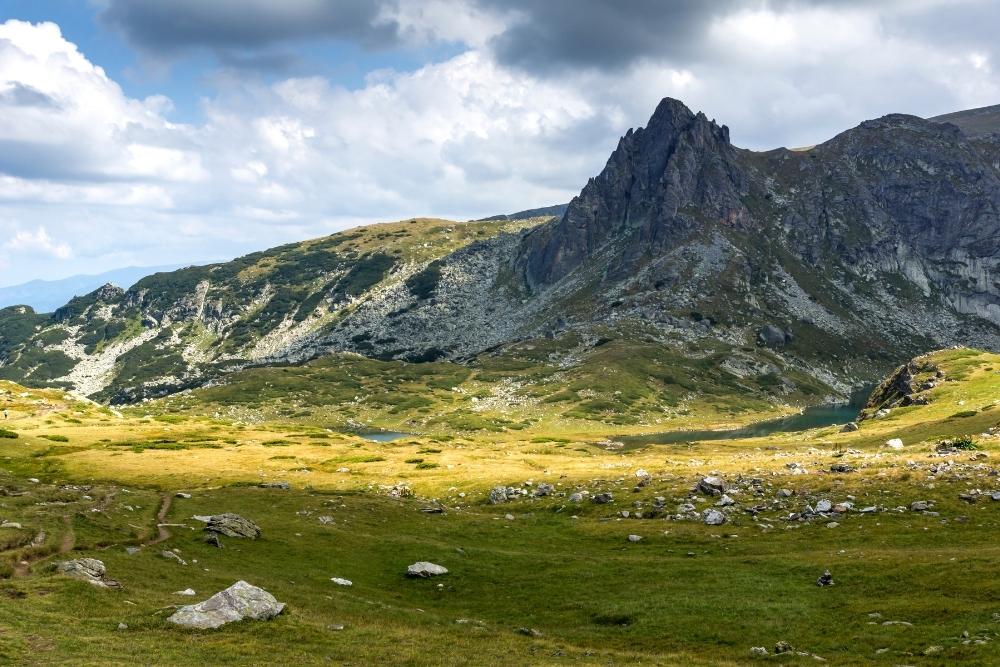
Rila Lakes National Park is a paradise for outdoor enthusiasts and nature lovers alike. This breathtaking park is home to the awe-inspiring Seven Rila Lakes, a collection of glacial lakes that dot the alpine landscape. With its diverse ecosystems, rich flora and fauna, and stunning natural beauty, Rila Lakes National Park offers a wide range of activities and attractions for visitors to explore and enjoy.
Location and Background
Rila Lakes National Park is located in the Rila Mountains in southwestern Bulgaria. Covering an area of over 81,000 hectares, it is one of the largest national parks in the country. The park is named after the Seven Rila Lakes, which are a prominent feature and a major tourist attraction within the park. These seven crystal-clear lakes are situated at different altitudes, creating a mesmerizing landscape that is both serene and picturesque.
The park itself has a rich cultural and historical background. It is home to the famous Rila Monastery, a UNESCO World Heritage Site and one of Bulgaria’s most important cultural and religious landmarks. The monastery is located in the eastern part of the park and is a must-visit for anyone interested in history and architecture.
Natural Beauty and Importance
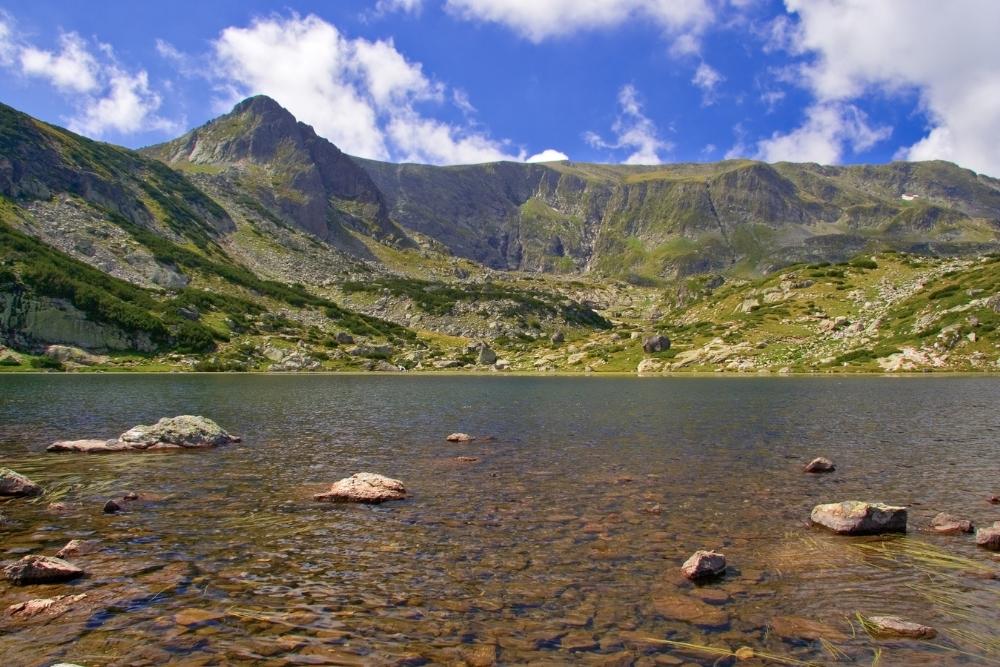
Rila Lakes National Park is renowned for its natural beauty, characterized by its rugged mountains, pristine lakes, and lush forests. The park’s diverse landscapes are a result of the unique combination of alpine and sub-alpine climate zones, which provide the perfect habitat for a wide variety of plant and animal species.
The park plays a crucial role in preserving and protecting Bulgaria’s biodiversity. It is home to over 300 species of plants, including rare and endemic species such as the Rila primrose and the Edelweiss. The park is also a sanctuary for numerous animal species, including the chamois, brown bear, and golden eagle.
The importance of Rila Lakes National Park extends beyond its ecological value. The park is a popular destination for locals and tourists alike, offering opportunities for outdoor activities, education, and cultural exploration. Its natural beauty and historical significance make it a treasure trove of experiences and a place where visitors can reconnect with nature and immerse themselves in the rich Bulgarian culture.
Exploring The Park
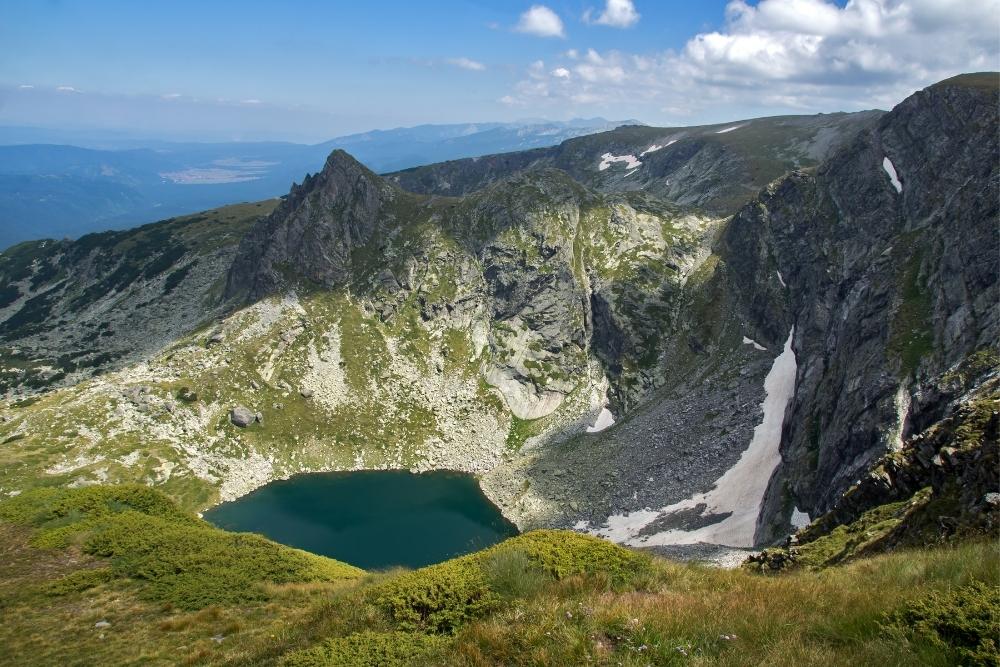
From hiking through towering peaks to camping under the starry sky, Rila Lakes National Park offers countless opportunities for exploration and adventure. Whether you’re a seasoned hiker or a casual nature enthusiast, there is something for everyone in this captivating park.
The Seven Rila Lakes
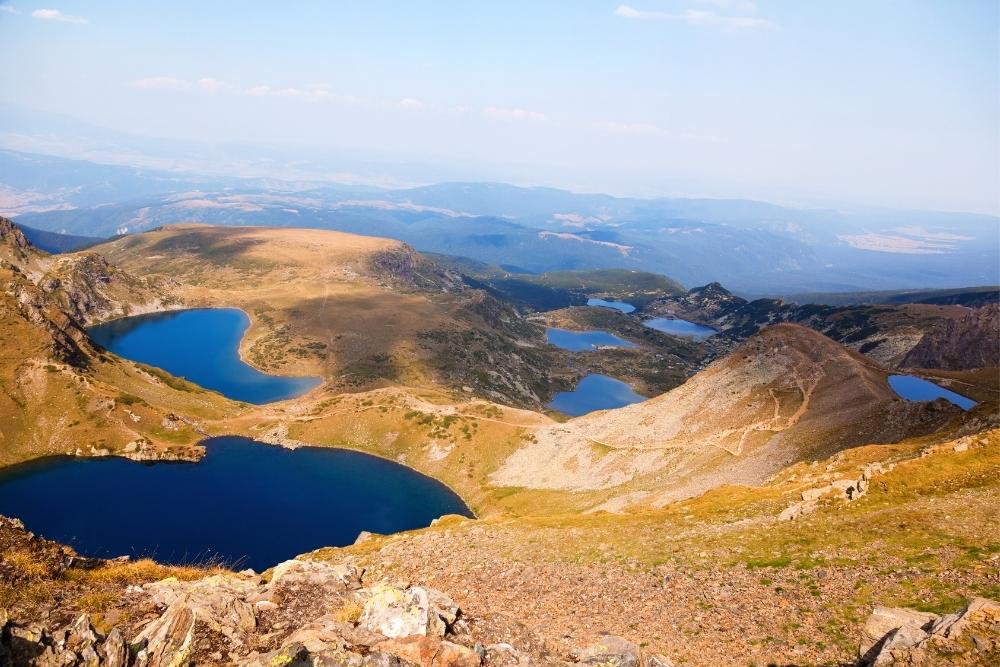
The Seven Rila Lakes, located in the Rila Mountains of Bulgaria, are a stunning natural attraction known for their breathtaking beauty and picturesque landscapes. Each of these seven glacial lakes has its unique charm and characteristics. Here’s some detailed information about each of the Seven Rila Lakes:
- The Tear (Salzata):
- Elevation: 2,535 meters (8,317 feet)
- The highest and largest of the Seven Rila Lakes.
- Its name “The Tear” comes from its clear, crystal-blue waters.
- The lake is surrounded by rugged rocky cliffs and is the starting point for many hiking trails in the area.
- The Eye (Okoto):
- Elevation: 2,440 meters (8,005 feet)
- Known as “The Eye” due to its nearly perfectly round shape and deep blue color.
- It is the deepest of the Seven Rila Lakes, with a depth of about 37.5 meters (123 feet).
- Offers a surreal reflection of the surrounding peaks on its calm surface.
- The Kidney (Bubreka):
- Elevation: 2,282 meters (7,487 feet)
- Named after its kidney-shaped appearance.
- Smaller than some of the other lakes but equally picturesque with its lush greenery and rocky surroundings.
- The Twin (Bliznaka):
- Elevation: 2,243 meters (7,359 feet)
- Composed of two interconnected small lakes, hence the name “The Twin.”
- Surrounded by a carpet of alpine flowers during the summer, making it a popular spot for hikers.
- The Trefoil (Trilistnika):
- Elevation: 2,216 meters (7,270 feet)
- Named “The Trefoil” due to its three-lobed shape.
- A smaller lake with a unique shape and enchanting views of the surrounding mountains.
- The Fish Lake (Ribnoto Ezero):
- Elevation: 2,184 meters (7,163 feet)
- Named “The Fish Lake” because it was once known for the abundance of fish, although this is no longer the case.
- Surrounded by lush meadows and situated in a serene setting.
- The Lower Lake (Dolnoto Ezero):
- Elevation: 2,095 meters (6,873 feet)
- The last of the Seven Rila Lakes.
- It’s the smallest and considered the easiest to reach.
- Surrounded by pine forests and often used as a camping site.
Hiking Trails in Rila Lakes National Park
One of the best ways to experience the beauty of Rila Lakes National Park is through its extensive network of hiking trails. These trails take visitors through some of the park’s most breathtaking landscapes, providing both a physical challenge and a chance to immerse oneself in the natural wonders of the park.
Introduction to Hiking Trails
With over 100 kilometers of marked trails, Rila Lakes National Park offers a multitude of options for hikers of all levels. Whether you’re looking for a leisurely walk or a challenging trek, you’ll find a trail that suits your preferences and abilities.
The Seven Rila Lakes Trail
The Seven Rila Lakes Trail is perhaps the most iconic and popular hiking trail in the park. This trail takes you on a journey through the park’s namesake lakes, offering stunning views and a chance to witness the unique beauty of each lake up close. The trail is well-marked and can be completed in a day, making it accessible to hikers of all levels.
Malyovitsa Peak Trail
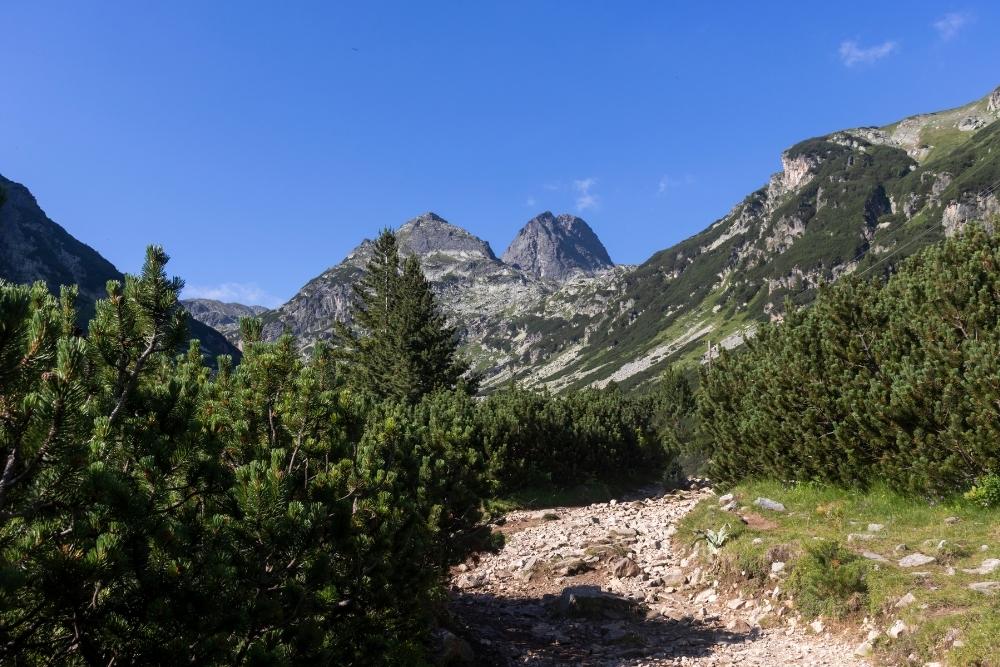
For those seeking a more strenuous hike, the Malyovitsa Peak Trail is a great option. This trail takes you to the summit of Malyovitsa Peak, one of the highest peaks in the Rila Mountains. The trail is challenging and requires a good level of fitness, but the panoramic views from the top are well worth the effort.
The Rila Monastery Trail
If you’re interested in combining nature with culture, the Rila Monastery Trail is a must-try. This trail takes you from the park’s entrance to the iconic Rila Monastery, offering a chance to explore both the natural and cultural wonders of the park. The trail is relatively easy and can be completed in a few hours, making it a great option for families or those with limited time.
The Ivan Vazov Hut Trail
For a true wilderness experience, the Ivan Vazov Hut Trail is an excellent choice. This trail leads you to the Ivan Vazov Hut, a mountain hut located in a remote part of the park. The hike is challenging and requires good navigation skills, but the hut provides a cozy refuge and an opportunity to connect with fellow hikers.
Flora and Fauna in Rila Lakes National Park
Rila Lakes National Park is home to a diverse range of ecosystems, each supporting a unique variety of plant and animal species. From towering forests to alpine meadows, the park’s landscapes are a treasure trove of biodiversity.
Diverse Ecosystems
The park’s ecosystems are shaped by the varying altitudes and climatic conditions found within the Rila Mountains. The lower elevations are dominated by deciduous and coniferous forests, while higher up, alpine meadows and rocky slopes become more prevalent. This diversity of habitats provides a haven for numerous plant and animal species, each adapted to thrive in their respective environments.
Rare and Endangered Species
Rila Lakes National Park is home to several rare and endangered species, making it a crucial habitat for their conservation. The park is known for its population of chamois, a species of mountain goat that is native to the region. Other endangered species found in the park include the Balkan lynx and the Rila salamander.
Bird Watching Opportunities
Bird watchers will be delighted by the park’s avian inhabitants. The park is a haven for numerous bird species, including the golden eagle, the wallcreeper, and the spotted nutcracker. Bird watching enthusiasts can explore the park’s trails and keep an eye out for these magnificent creatures, capturing their beauty and grace with their cameras.
Camping and Accommodation Options
For those looking to spend more time in Rila Lakes National Park, there are various camping and accommodation options available.
Camping in Rila Lakes National Park
Camping is a popular choice for outdoor enthusiasts who want to fully immerse themselves in the park’s natural beauty. There are designated camping areas within the park where visitors can set up their tents and spend the night under the stars. It is important to follow park regulations and leave no trace to preserve the park’s pristine environment.
Accommodation Choices
If camping is not your preferred option, there are also several accommodation choices available near Rila Lakes National Park. The nearby town of Panichishte offers a range of hotels and guesthouses, providing comfortable and convenient lodging options for visitors. Additionally, the Ivan Vazov Hut mentioned earlier also provides accommodation for hikers who want to spend the night in the mountains.
Outdoor Activities in Rila Lakes National Park
Rila Lakes National Park is a playground for outdoor enthusiasts, offering a wide range of activities for visitors to enjoy. From adrenaline-pumping adventures to leisurely pursuits, there is something for everyone in this captivating park.
Rock Climbing
The rugged cliffs and towering peaks of Rila Lakes National Park make it a haven for rock climbing enthusiasts. There are numerous climbing routes of varying difficulty scattered throughout the park, catering to climbers of all levels. Whether you’re a beginner or an experienced climber, you’ll find plenty of challenges and breathtaking views along the way.
Mountain Biking
For those who prefer two wheels over two feet, mountain biking in Rila Lakes National Park is a thrilling experience. The park’s trails offer a mix of terrains, from smooth forest paths to challenging singletrack descents. Cyclists can explore the park’s stunning landscapes at their own pace, enjoying the fresh mountain air and the adrenaline rush that comes with each downhill ride.
Skiing and Snowboarding
During the winter months, Rila Lakes National Park transforms into a winter wonderland, offering excellent skiing and snowboarding opportunities. The park’s ski resorts, such as Borovets and Maliovitsa, provide access to a wide range of slopes suitable for all skill levels. Whether you’re a novice or an expert, you can carve your way down the slopes and take in the breathtaking mountain views.
Fishing
The park’s lakes and rivers are teeming with fish, making it a great destination for fishing enthusiasts. Visitors can cast their lines into the crystal-clear waters and try their luck at catching trout or other freshwater species. Fishing permits and regulations apply, so it is important to check the park’s guidelines before embarking on a fishing expedition.
Photography Opportunities in Rila Lakes National Park
With its stunning landscapes and diverse wildlife, Rila Lakes National Park is a paradise for photographers. From capturing the majestic mountain peaks to immortalizing the delicate beauty of a wildflower, the park offers endless opportunities for capturing breathtaking images.
Capturing the Magnificent Landscapes
The park’s natural beauty is a photographer’s dream, with landscapes that are both awe-inspiring and enchanting. The Seven Rila Lakes, in particular, provide a captivating subject for photographers, with their turquoise waters and surrounding rocky peaks. Photographers can experiment with different angles and compositions to capture the essence and grandeur of these natural wonders.
Wildlife Photography Tips
For those interested in wildlife photography, Rila Lakes National Park offers a wealth of subjects to capture. To increase your chances of getting memorable shots, it is important to respect the animals’ natural habitats and behavior. Patience and observation are key, as wildlife can be elusive. Remember to maintain a safe distance and use appropriate lenses to avoid disturbing the animals.
Exploring Cultural and Historical Sites
In addition to its natural wonders, Rila Lakes National Park is also rich in cultural and historical sites. Exploring these sites provides a unique opportunity to learn about the region’s history and immerse oneself in the local culture.
The Rila Monastery
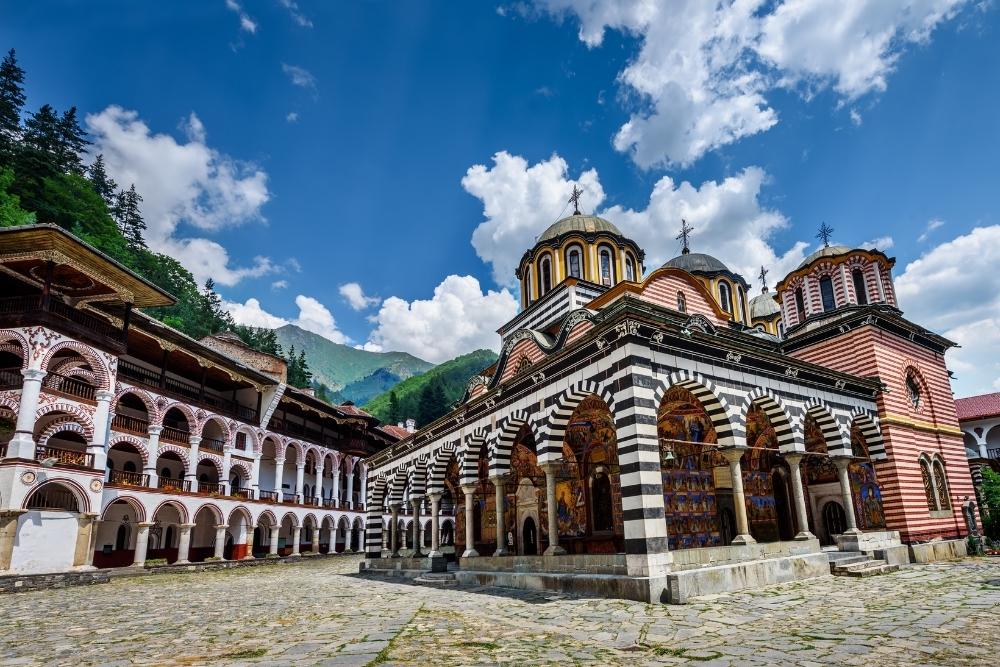
No visit to Rila Lakes National Park would be complete without a visit to the iconic Rila Monastery. This UNESCO World Heritage Site is one of Bulgaria’s most important cultural landmarks and a testament to the country’s rich history. The monastery’s stunning architecture, intricate frescoes, and serene atmosphere make it a must-see attraction for anyone interested in art and spirituality.
Boboshevo Village
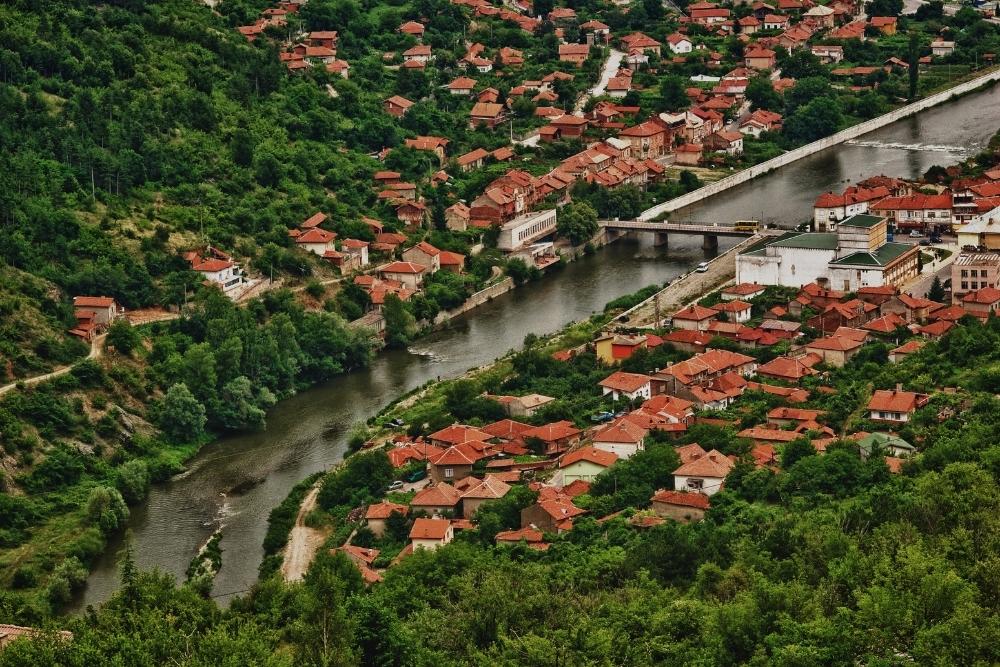
For a glimpse into the region’s rural life, a visit to Boboshevo Village is highly recommended. Located near the park, this picturesque village offers a charming glimpse into traditional Bulgarian culture. Visitors can explore the village’s cobblestone streets, admire the well-preserved houses, and interact with the friendly locals.
Historical Landmarks
Rila Lakes National Park is also home to several historical landmarks that are worth exploring. From ancient Roman ruins to medieval fortresses, these sites provide a glimpse into Bulgaria’s rich history. One such example is the historical Samokov Fortress, which offers panoramic views of the surrounding landscape and a chance to step back in time.
Best Time to Visit Rila Lakes National Park
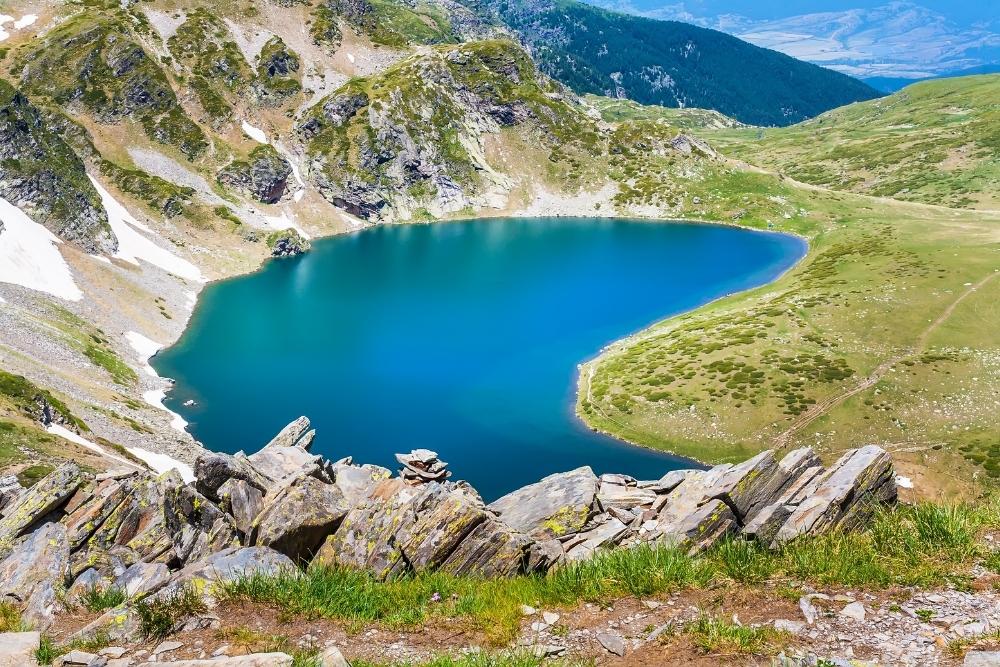
Rila Lakes National Park is a destination that can be enjoyed year-round, each season offering its own unique charm and activities.
Seasonal Highlights
In spring, the park comes alive with vibrant wildflowers and blooming trees, creating a colorful and picturesque landscape. The mild temperatures make it an ideal time for hiking and exploring the park’s trails.
Summer is a peak season for outdoor activities, with longer days and warmer weather. Hiking, camping, and bird watching are popular activities during this time, as visitors can take advantage of the pleasant weather and enjoy the park’s natural beauty to the fullest.
Fall brings a riot of colors to the park, as the leaves of the trees change to vibrant hues of red, orange, and gold. This season is perfect for photography enthusiasts, as the park’s landscapes transform into a whimsical and breathtaking sight.
Winter turns Rila Lakes National Park into a winter wonderland, offering excellent opportunities for skiing, snowboarding, and other winter sports. The snowy landscapes provide a picturesque backdrop for outdoor activities, while the cozy mountain huts offer solace and warmth after a day in the cold.
Weather and Climbing Conditions
The weather in Rila Lakes National Park can be unpredictable, with changes in temperature and sudden weather fronts. It is important to come prepared with appropriate clothing and gear for all weather conditions. Additionally, climbers should be aware of the mountain’s challenging terrain and the potential for inclement weather at higher altitudes.
Getting to Rila Lakes National Park
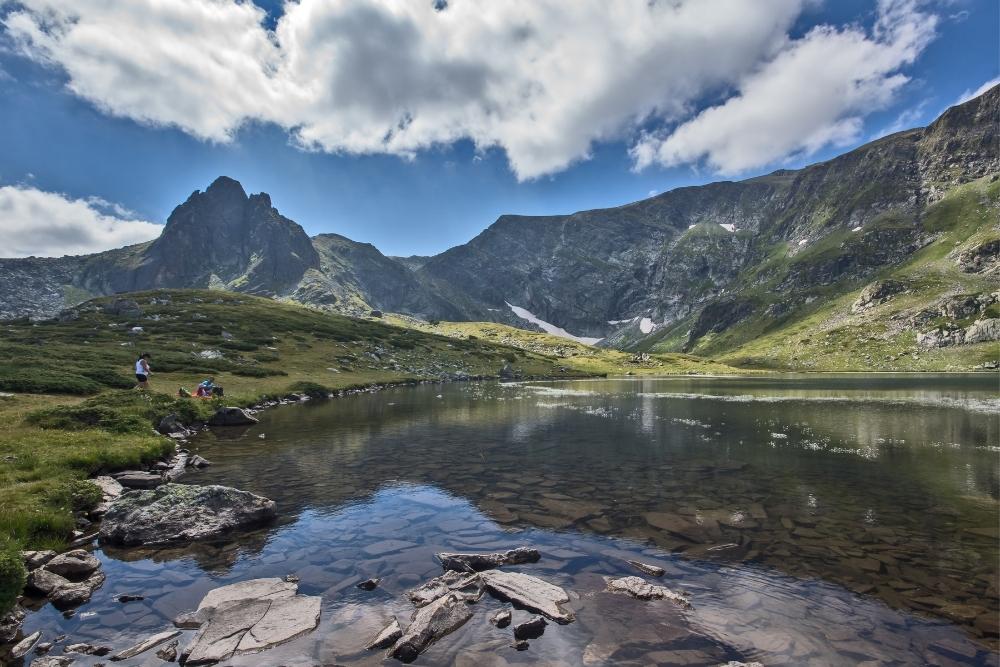
Rila Lakes National Park is easily accessible from the capital city of Sofia, making it a convenient destination for both locals and international tourists.
From Sofia to the Park
The most common way to reach the park from Sofia is by car. The drive takes approximately two hours, and the route is well-marked and easily navigable. Alternatively, there are also public transportation options available, including buses and trains that connect Sofia to the nearby town of Panichishte.
Transportation Options
Once you arrive at the park, there are various transportation options available to explore the area. Hiking is the most popular mode of transportation within the park, as it allows visitors to fully immerse themselves in the natural beauty and tranquility of the surroundings. Alternatively, guided tours and organized excursions are also available for those who prefer a more structured and informative experience.
Safety and Conservation Tips
When visiting Rila Lakes National Park, it is important to prioritize safety and conservation to ensure the preservation of the park for future generations.
Leave No Trace
One of the most important principles when visiting any natural area is to leave no trace. This means taking all of your garbage with you and avoiding leaving any markings or disturbances in the park. Respect the park’s flora and fauna by refraining from picking flowers or disturbing wildlife.
Wildlife and Nature Regulations
To protect the park’s wildlife and ecosystems, it is crucial to adhere to all wildlife and nature regulations. This includes maintaining a safe distance from animals, refraining from feeding or approaching them, and not removing any plants or animals from the park. By respecting these regulations, you can contribute to the preservation of the park’s biodiversity and ensure a positive and sustainable tourism experience.
In conclusion, Rila Lakes National Park is a true gem of Bulgaria, offering a wealth of natural beauty, outdoor activities, and cultural experiences. Whether you’re seeking an adrenaline-pumping adventure or a peaceful retreat in nature, this park has something for everyone. So pack your hiking boots, grab your camera, and embark on an unforgettable journey through the enchanting landscapes of Rila Lakes National Park.
Photos: Canva Pro

